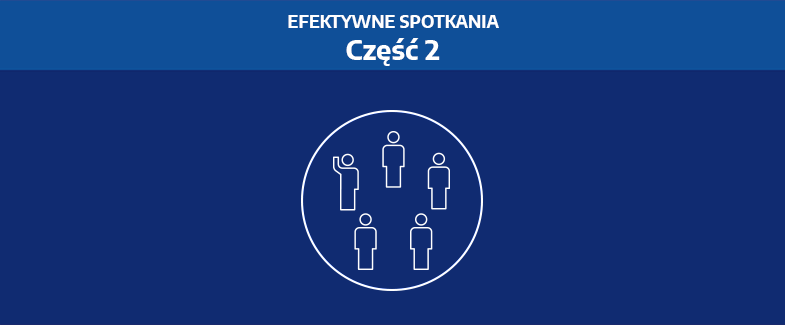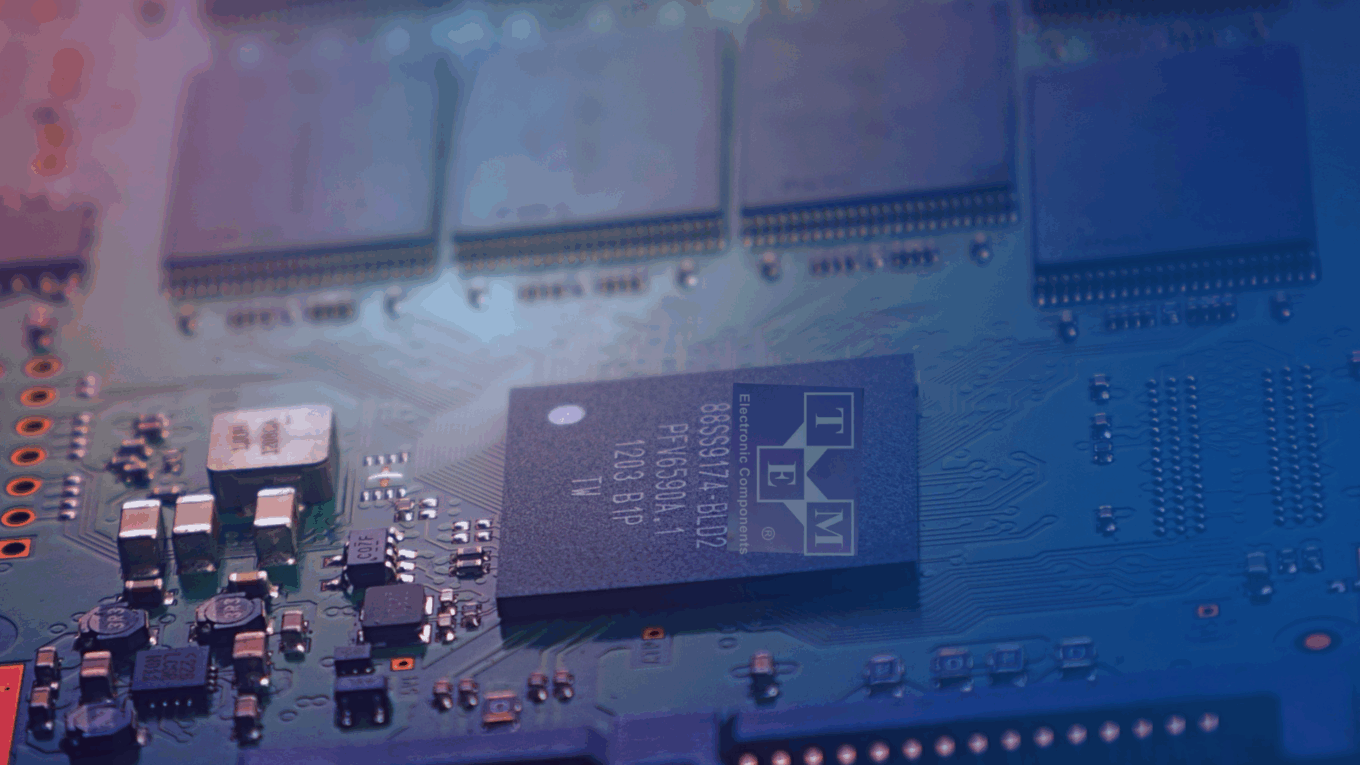IN project management komunikacja między członkami zespołu oraz znoszenie barier komunikacyjnych, mogą stanowić klucz do sukcesu. The first part of the series of articles on effective meetings presents good practices that can improve the organization and course of our meetings. These are basic steps that will make meetings more effective, but team communication can be further improved.
The way to do this is to introduce stand-up meetings - short meetings, organized in a specific formula, the purpose of which is to inform each other, not to report. Read on to learn the rules of a stand-up meeting and find out what we need to make the meeting successful and what we should not do.
- FORM: the name of the meeting itself suggests that it takes place standing. Preferably in a space without chairs, so that we can stand in a circle and see each other. Establish rules for transmitting voice. You can use a Kanban board as an element around which the team can focus, with (in the simplest version) "To Do", "In Progress" and "Done" columns.
- WHEN AND HOW LONG: we don't wonder if stand up is happening today. This is a routine: it always takes place, at a time convenient for the team, and lasts no longer than 15 minutes. Yes, you have to time it.
- BE PREPARED: time is limited, so think about what you want to convey to other team members. Focus on general information, not details.
- AGENDA: prepare a standard for participants to follow. The questions that everyone must answer (note: you cannot refrain from speaking) may (do not have to) look like this:
- What have you done since the last meeting?
- What do you want to achieve by the next meeting?
- What problems did you encounter while carrying out your tasks?
It is not possible to skip questions.
- HERE AND NOW: multitasking is bad (this is a topic for a separate post). Instead of jumping in your mind between a meeting, an e-mail, and a Facebook post, leave all your gadgets, phone and laptop on your own desk.
- BIG TOPIC: If a big topic or problem arises during the meeting, organize a separate meeting for it. The purpose of stand up is to inform about the existence of a given issue, not to analyze it in detail.
- PARTICIPANTS: the project team actively participates, but anyone can listen to the meeting. We look at each other, we do not focus on the project manager or the Scrum Master. Importantly, we do not wait for latecomers!
- RESPONSIBILITY: the meeting leader's function does not have to be permanent. It is a good idea to make it passable between participants - this is decided by the team. I wrote about the benefits of rotating roles in: previous article about meetings.
Often, when I suggest switching to this type of meetings to the clients I advise or to the participants of the training courses I conduct, I hear that "it won't work" - because there is not enough time, because there are talkers in the room, because it is only superficial. After the first try, most doubters change their minds and become inspired to change their encounters. From my perspective, it just works and passes the test.
Have you heard about this meeting formula? Try it in your project teams and be sure to let us know how it goes and whether you will introduce it permanently into team communication.
Author: Łukasz Lipski











